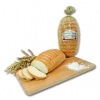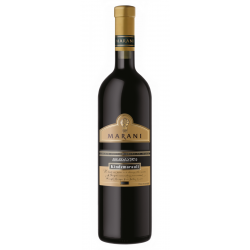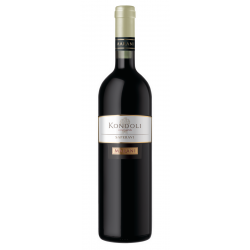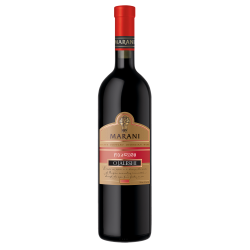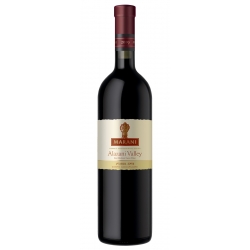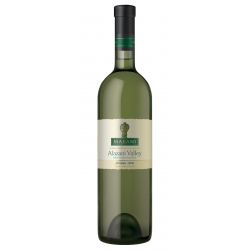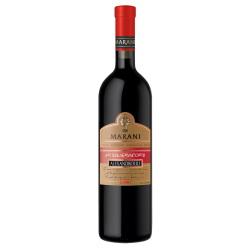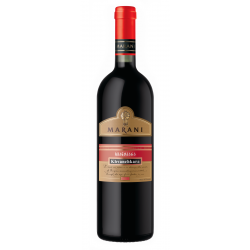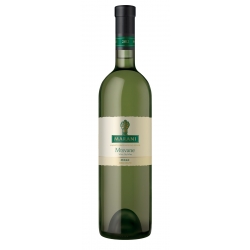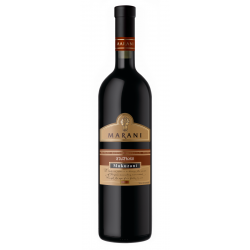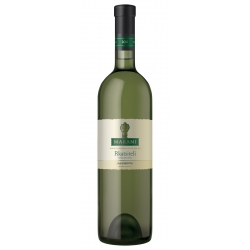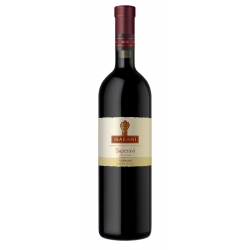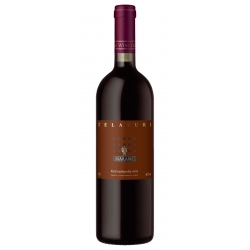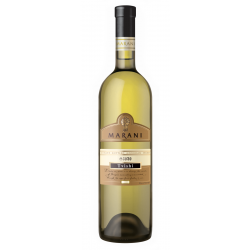
A great wine is the most sincere expression of the land and people that give it life. For that reason, the birth of wine culture, and the birth of Georgian culture, will forever be bound together. This statement is supported scientifically by the discovery of 8000-year-old seeds of cultivated grape variety, vitis vinifera sativa, along with the massive clay wine fermenting amphora, called “Qvevri” in the ancient settlements in Georgia. Many etymologists even consider the modern generic word “wine” to be derived from the ancient Georgian equivalent - “gvino”.
A great wine is the most sincere expression of the land and people that give it life. For that reason the birth of wine culture, and the birth of Georgian culture, will forever be bound together. During archaeological digs, seeds of cultivated grape variety "vitis vinifera sativa" dating back 7 - 6 thousand years BC, and 3 - 4 thousand year old massive clay wine fermenting amphoras, “Kvevri” have been uncovered from ancient settlements in modern Georgia, proving these statements accurate. Many etymologists even consider the modern generic word “wine” to be derived from the ancient Georgian word “gvino”.
Georgian culture is filled with legends, ceremonies, and traditions that portray the deepest appreciation for winemaking. Many famous poets, writers, and travelers of centuries past, describe Georgia in their writings and annals, as a land of ancient winegrowing and winemaking traditions. Among the firsts is Apollonius of Rhodes, who lauds Georgia in his Argonautica written around 295 BC.
The excellence and uniqueness of Georgian wines are based on the extensive indigenous grape varieties and perfect combination of soil and climate conditions. Centuries of trials have resulted in distinct wine styles from every region, from light-bodied whites to full-bodied reds and sweet wines, even Ice-wine! That said, it is safe to conclude that Georgia produces wines that suit any palate. In fact, painstaking devotion to vine has kept over 500 authentic Georgian grape varieties alive - 38 of which are used for commercial wine production today.


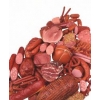











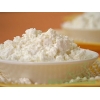


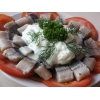
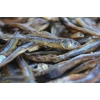




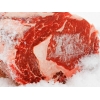


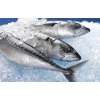
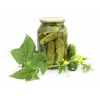
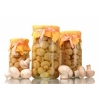
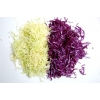
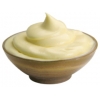
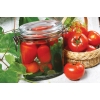
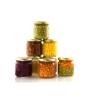
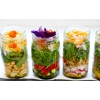
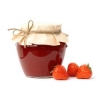
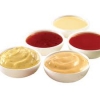
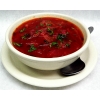

-100x100w.jpg)
